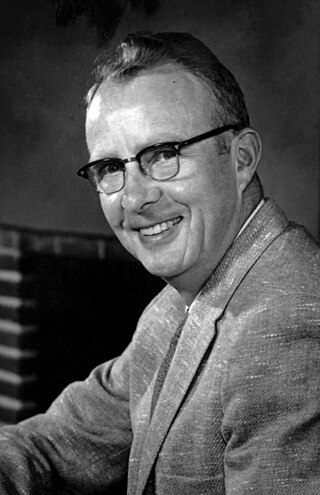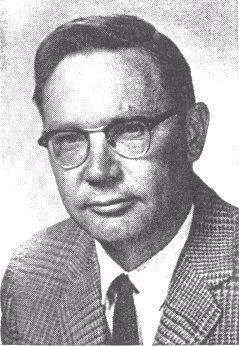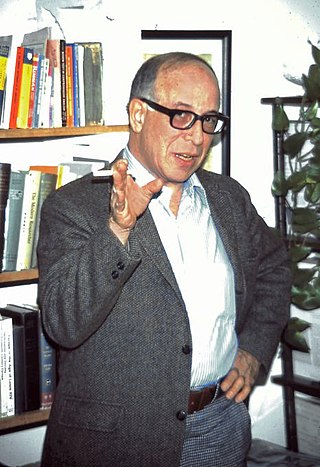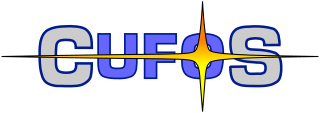
An unidentified flying object (UFO), or unidentified anomalous phenomenon (UAP), is any perceived airborne, submerged or transmedium phenomenon that cannot be immediately identified or explained. Upon investigation, most UFOs are identified as known objects or atmospheric phenomena, while a small number remain unexplained.
In ufology, a close encounter is an event in which a person witnesses an unidentified flying object (UFO). This terminology and the system of classification behind it were first suggested in astronomer and UFO researcher J. Allen Hynek's 1972 book The UFO Experience: A Scientific Inquiry. Categories beyond Hynek's original three have been added by others but have not gained universal acceptance, mainly because they lack the scientific rigor that Hynek aimed to bring to ufology.

Ufology is the investigation of unidentified flying objects (UFOs) by people who believe that they may be of extraordinary origins. While there are instances of government, private, and fringe science investigations of UFOs, ufology is generally regarded by skeptics and science educators as an example of pseudoscience.

Project Blue Book was the code name for the systematic study of unidentified flying objects by the United States Air Force from March 1952 to its termination on December 17, 1969. The project, headquartered at Wright-Patterson Air Force Base, Ohio, was initially directed by Captain Edward J. Ruppelt and followed projects of a similar nature such as Project Sign established in 1947, and Project Grudge in 1949. Project Blue Book had two goals, namely, to determine if UFOs were a threat to national security, and to scientifically analyze UFO-related data.
The extraterrestrial hypothesis (ETH) proposes that some unidentified flying objects (UFOs) are best explained as being physical spacecraft occupied by extraterrestrial intelligence or non-human aliens, or non-occupied alien probes from other planets visiting Earth.

Josef Allen Hynek was an American astronomer, professor, and ufologist. He is perhaps best remembered for his UFO research. Hynek acted as scientific advisor to UFO studies undertaken by the U.S. Air Force under three projects: Project Sign (1947–1949), Project Grudge (1949–1951) and Project Blue Book (1952–1969).

Jacques Fabrice Vallée is an Internet pioneer, computer scientist, venture capitalist, author, ufologist and astronomer currently residing in San Francisco, California and Paris, France.

The Robertson Panel was a scientific committee which met in January 1953 headed by Howard P. Robertson. The Panel arose from a recommendation to the Intelligence Advisory Committee (IAC) in December 1952 from a Central Intelligence Agency (CIA) review of the U.S. Air Force investigation into unidentified flying objects, Project Blue Book. The CIA review itself was in response to widespread reports of unidentified flying objects, especially in the Washington, D.C. area during the summer of 1952.

Edward James Ruppelt was a United States Air Force officer probably best known for his involvement in Project Blue Book, a formal governmental study of unidentified flying objects (UFOs). He is generally credited with coining the term "unidentified flying object", to replace the terms "flying saucer" and "flying disk" – which had become widely known – because the military thought them to be "misleading when applied to objects of every conceivable shape and performance. For this reason the military prefers the more general, if less colorful, name: unidentified flying objects. UFO for short."

James Edward McDonald was an American physicist. He is best known for his research regarding UFOs. McDonald was a senior physicist at the Institute for Atmospheric Physics and a professor of meteorology at the University of Arizona in Tucson.

Philip Julian Klass was an American aviation/aerospace journalist and UFO researcher, best known for his skepticism regarding UFOs. In the ufological and skeptical communities, Klass inspires polarized appraisals. He has been called the "Sherlock Holmes of UFOlogy". Klass demonstrated "the crusader's zeal for what seems 'right,' regardless of whether it brings popular acclaim," a trait he claimed his father instilled in him. "I've found," said Klass, "that roughly 97, 98 percent of the people who report seeing UFOs are fundamentally intelligent, honest people who have seen something—usually at night, in darkness—that is unfamiliar, that they cannot explain." The rest, he said, were frauds.
The National Investigations Committee On Aerial Phenomena (NICAP) is an unidentified flying object (UFO) research group most active in the United States from the 1950s to the 1980s. It remains active primarily as an informational depository on the UFO phenomenon.

The Mutual UFO Network (MUFON) is a US-based non-profit organization composed of civilian volunteers who study reported UFO sightings. It is one of the oldest and largest organizations of its kind, claiming more than 4,000 members worldwide with chapters and representatives in more than 43 countries and all 50 United States. The organization has been criticized for its focus on pseudoscience, and critics say its investigators fail to use the scientific method.

The Center for UFO Studies (CUFOS) is a privately funded UFO research group. The group was founded in 1973 by J. Allen Hynek, who at the time was chair of the Department of Astronomy at Northwestern University in Illinois.

The Condon Committee was the informal name of the University of Colorado UFO Project, a group funded by the United States Air Force from 1966 to 1968 at the University of Colorado to study unidentified flying objects under the direction of physicist Edward Condon. The result of its work, formally titled Scientific Study of Unidentified Flying Objects, and known as the Condon Report, appeared in 1968.
Australian ufology refers to a historical series of Australian events and or activities pertaining to government departments, civilian groups or individual Australians, which centre on or around the study of Unidentified Flying Object (UFO) reports, sightings, encounters and other related phenomena, known as ufology within the Australian context before 1984.

Bruce S. Maccabee was an American optical physicist employed by the U.S. Navy, and a ufologist.
Raymond Eveleth Fowler is an American author and UFO researcher.












